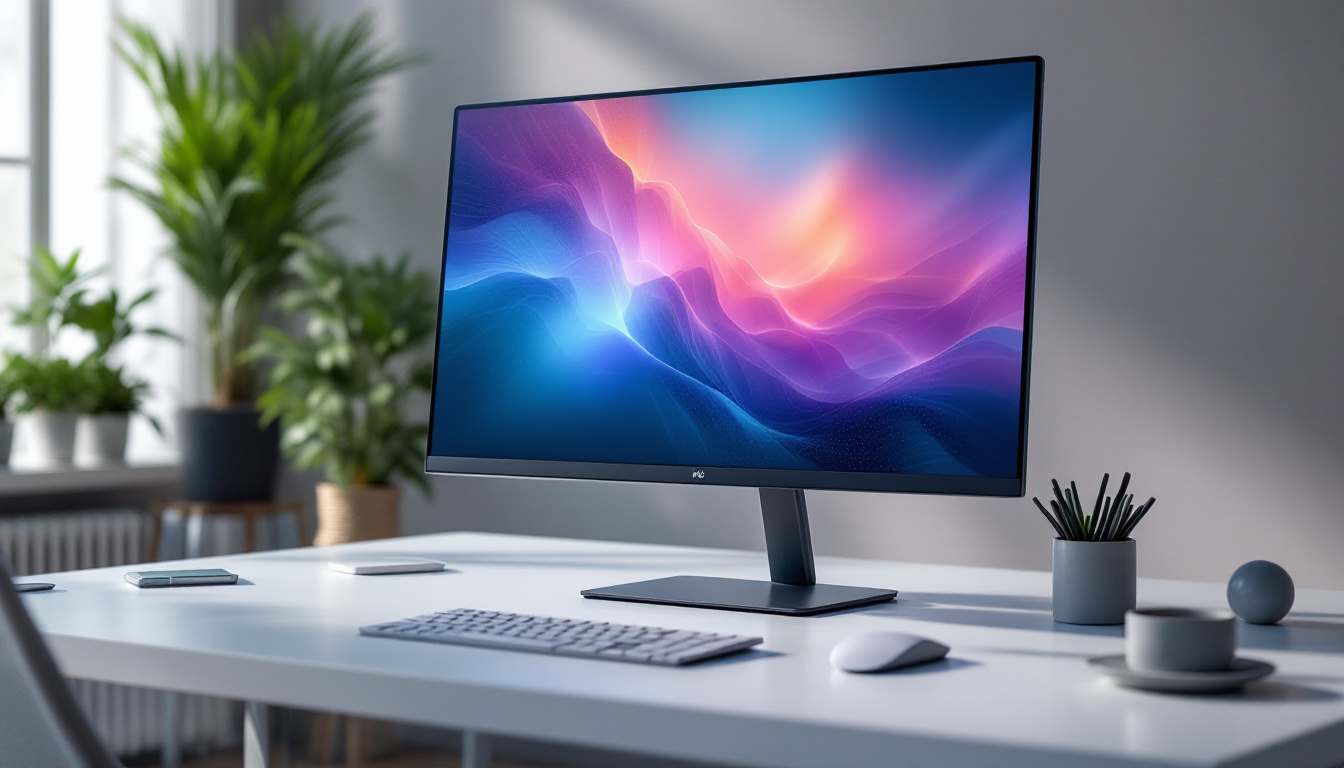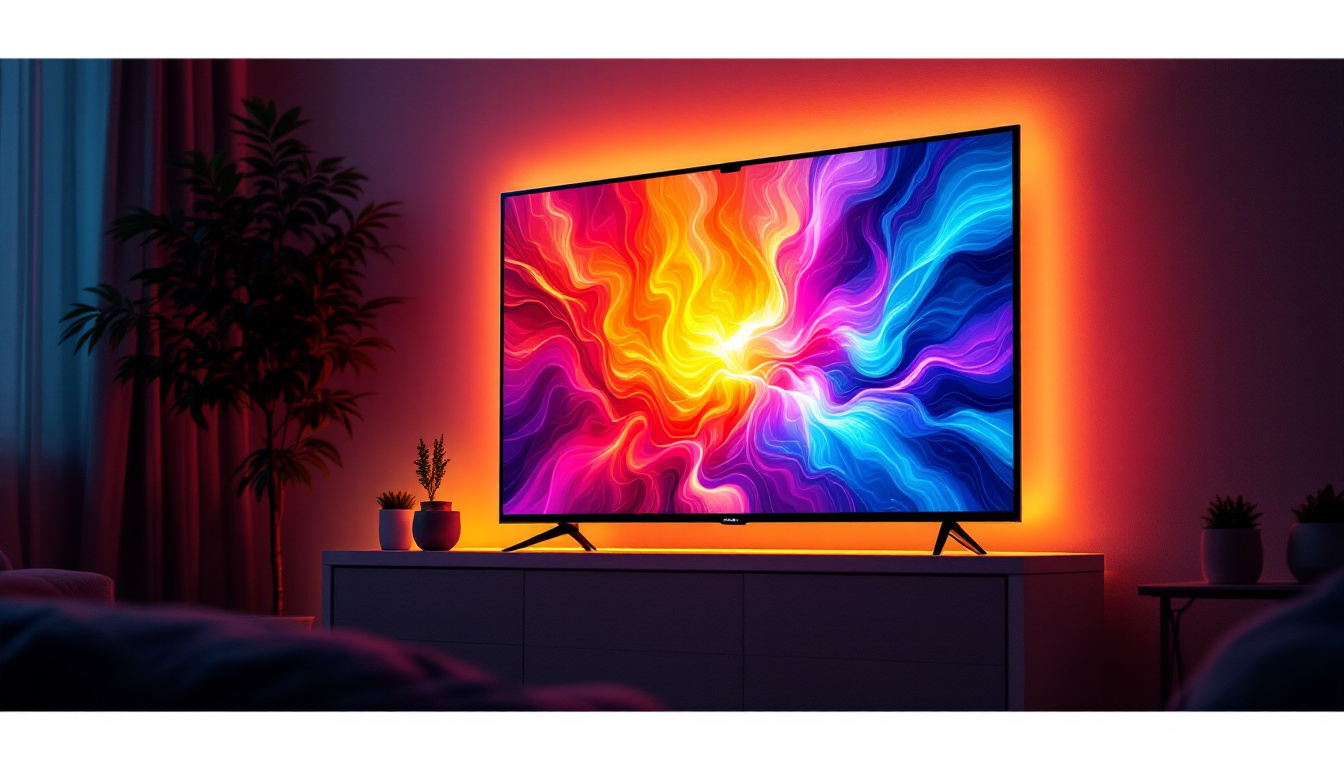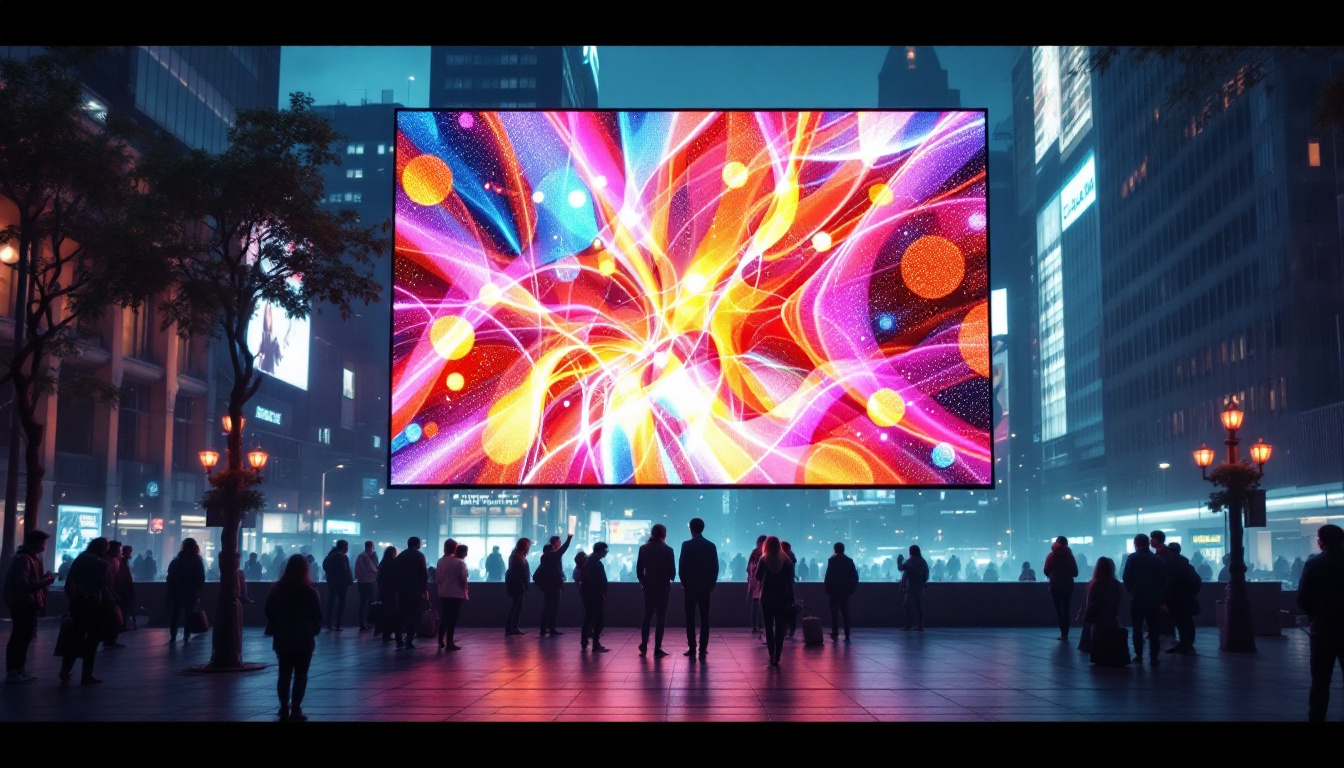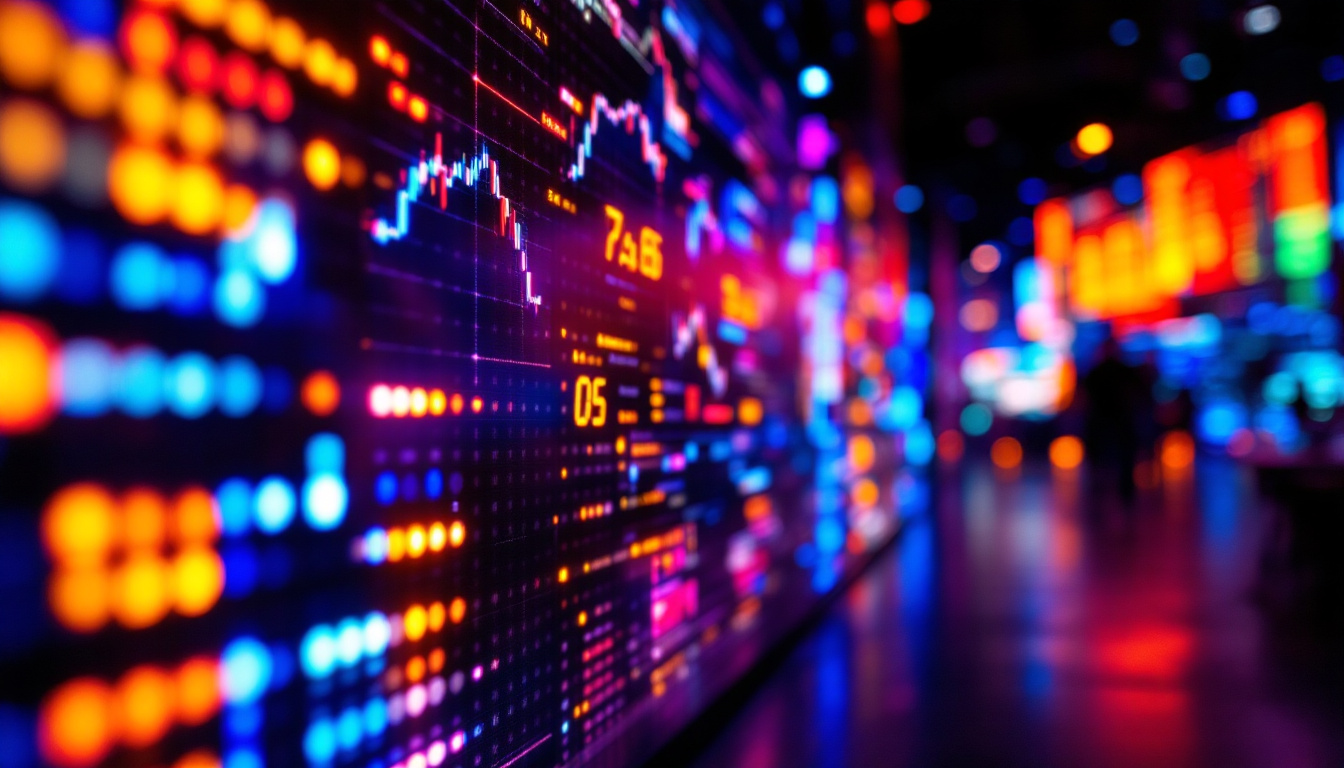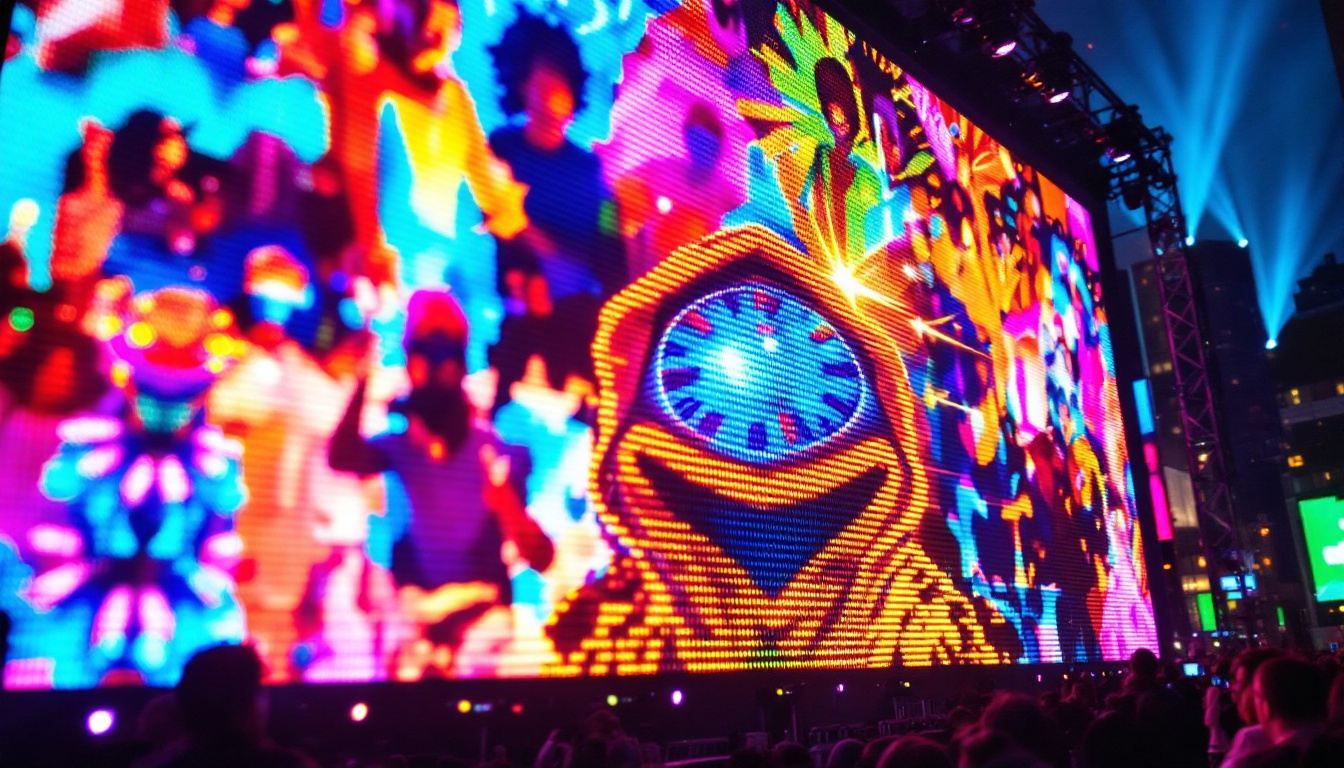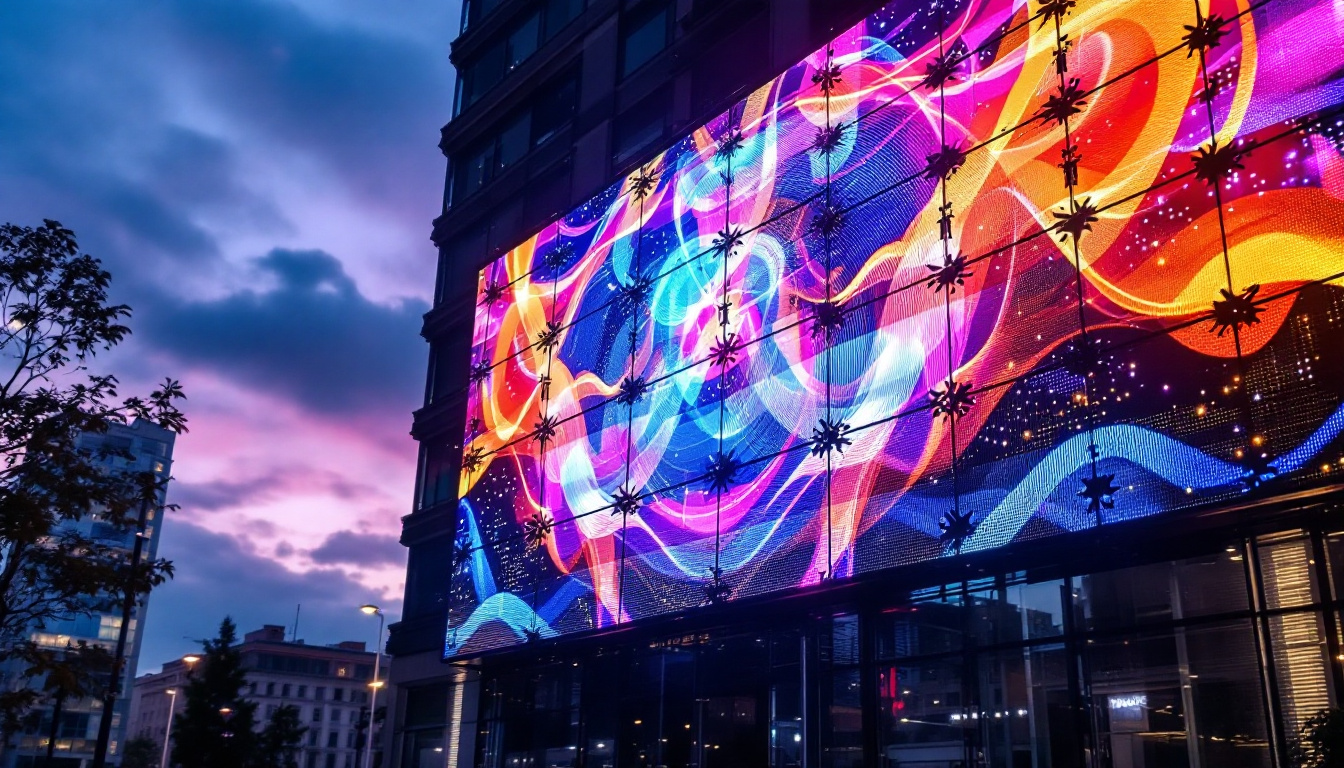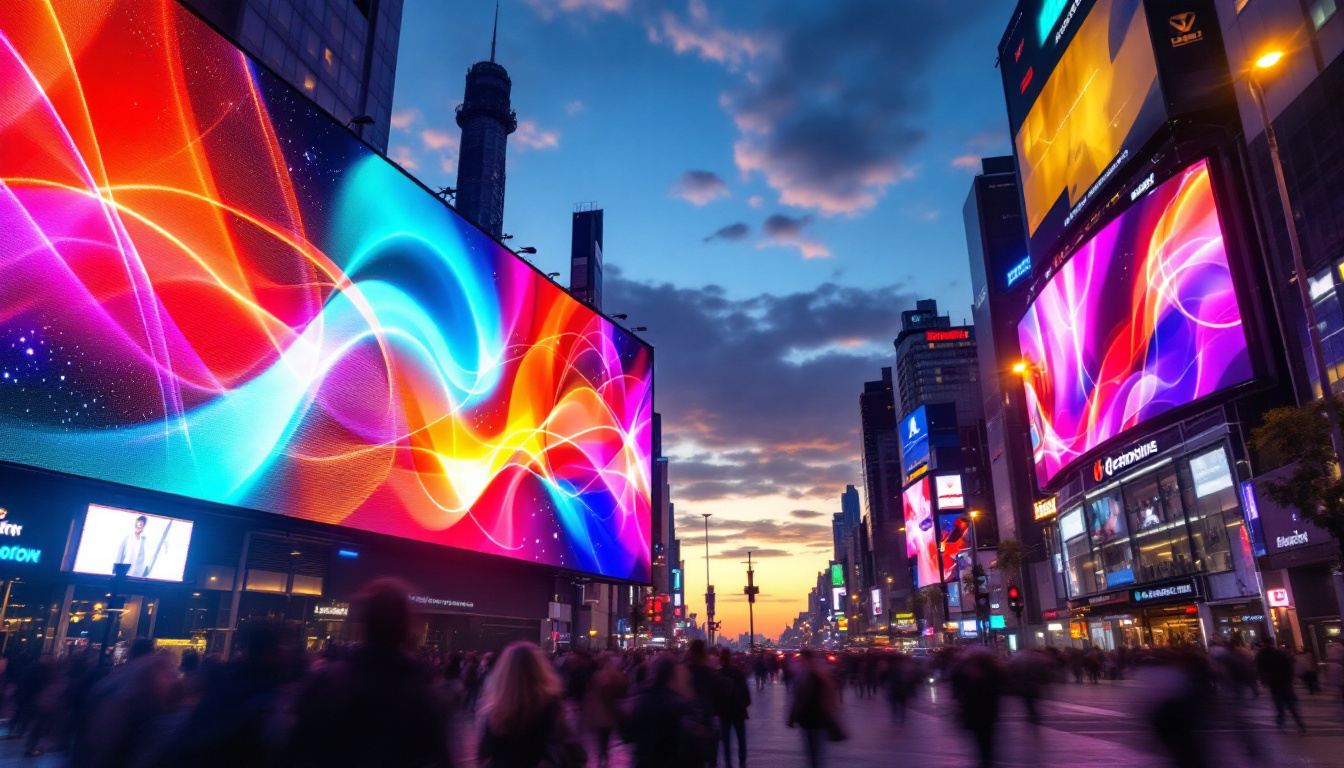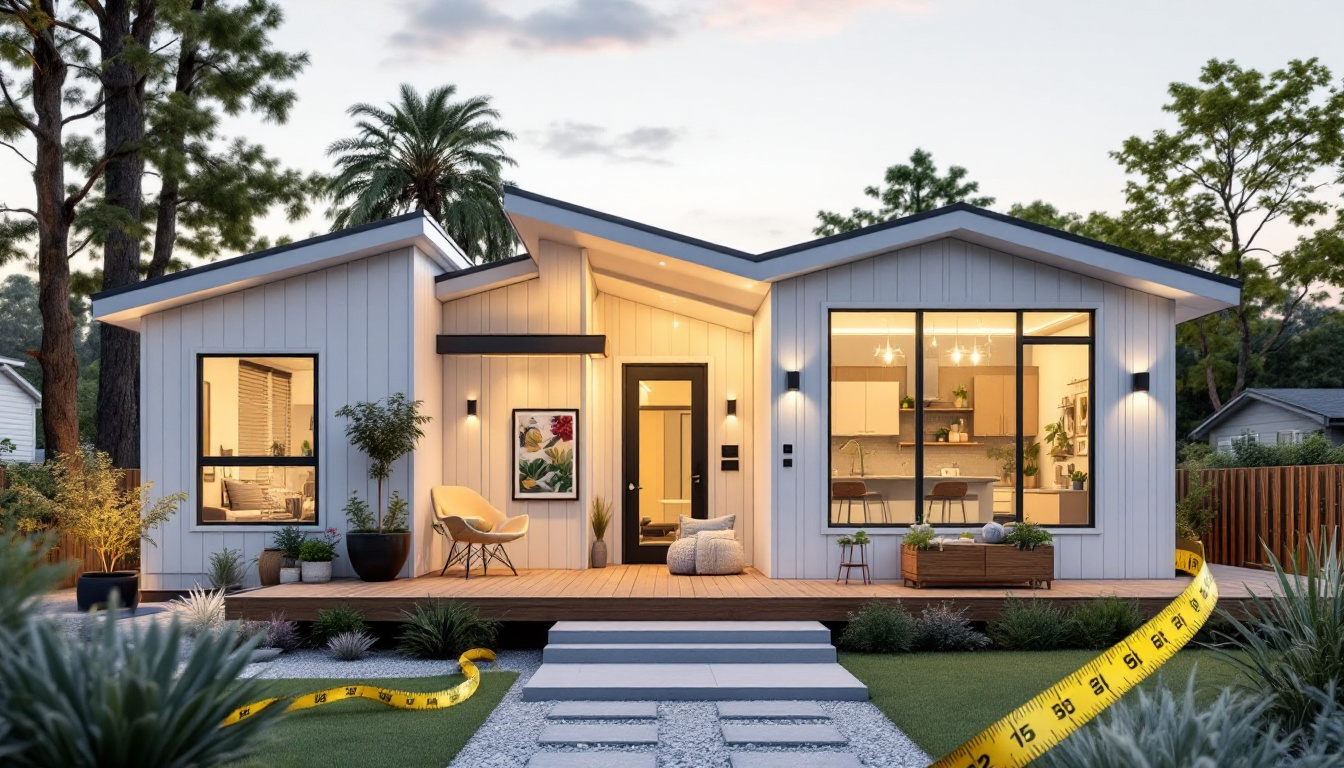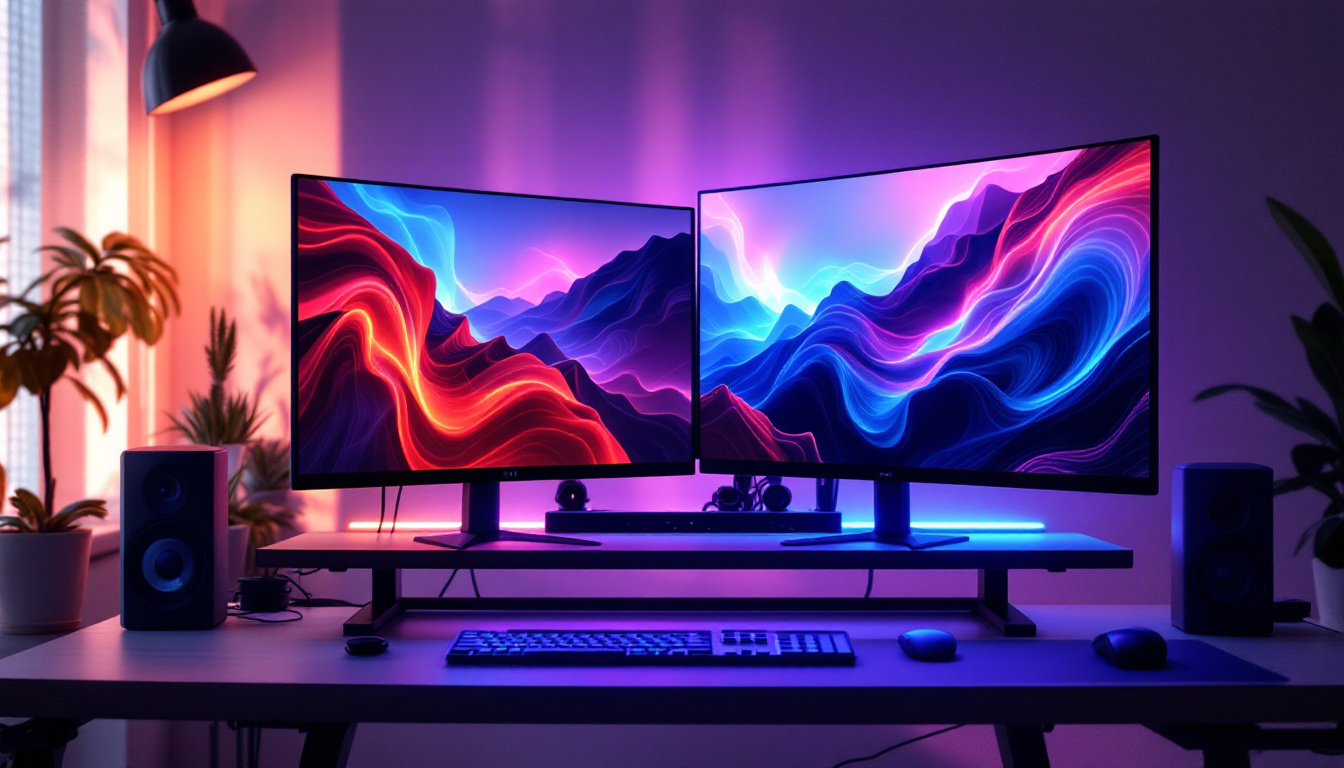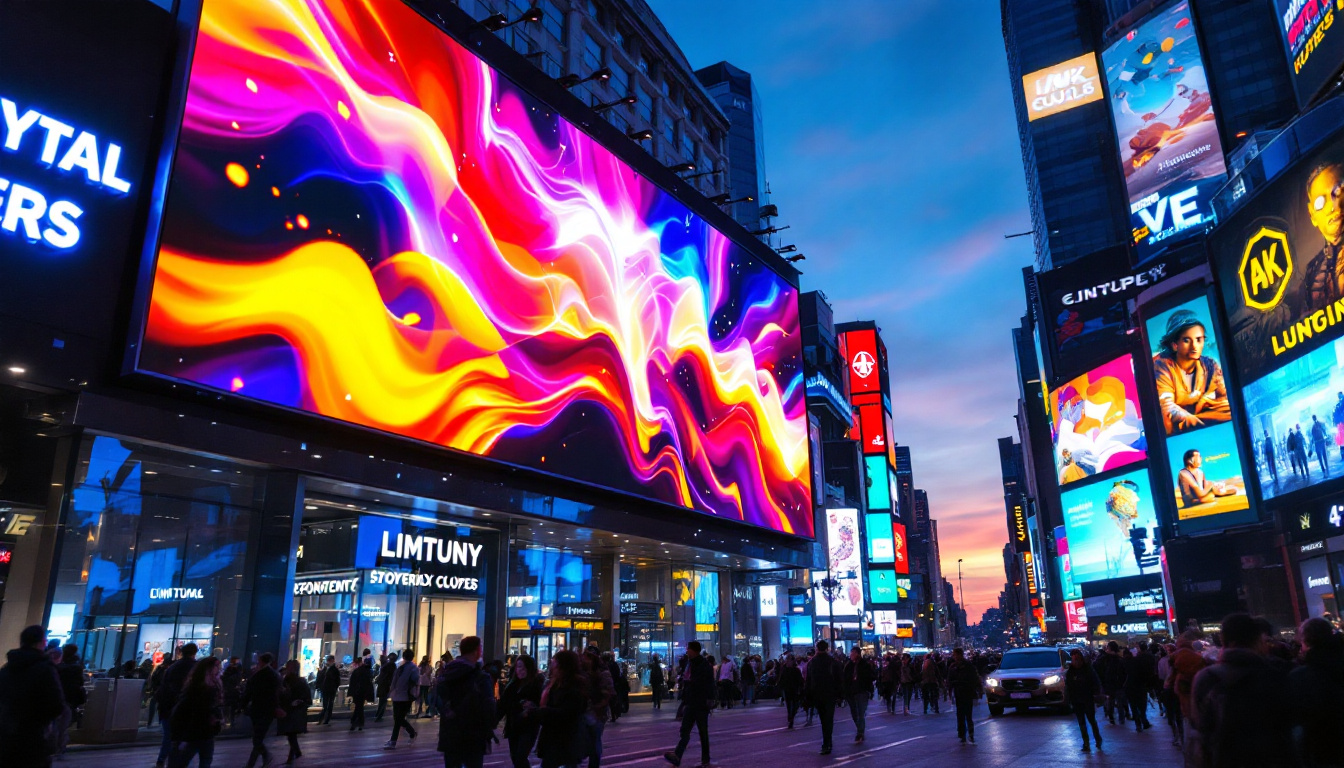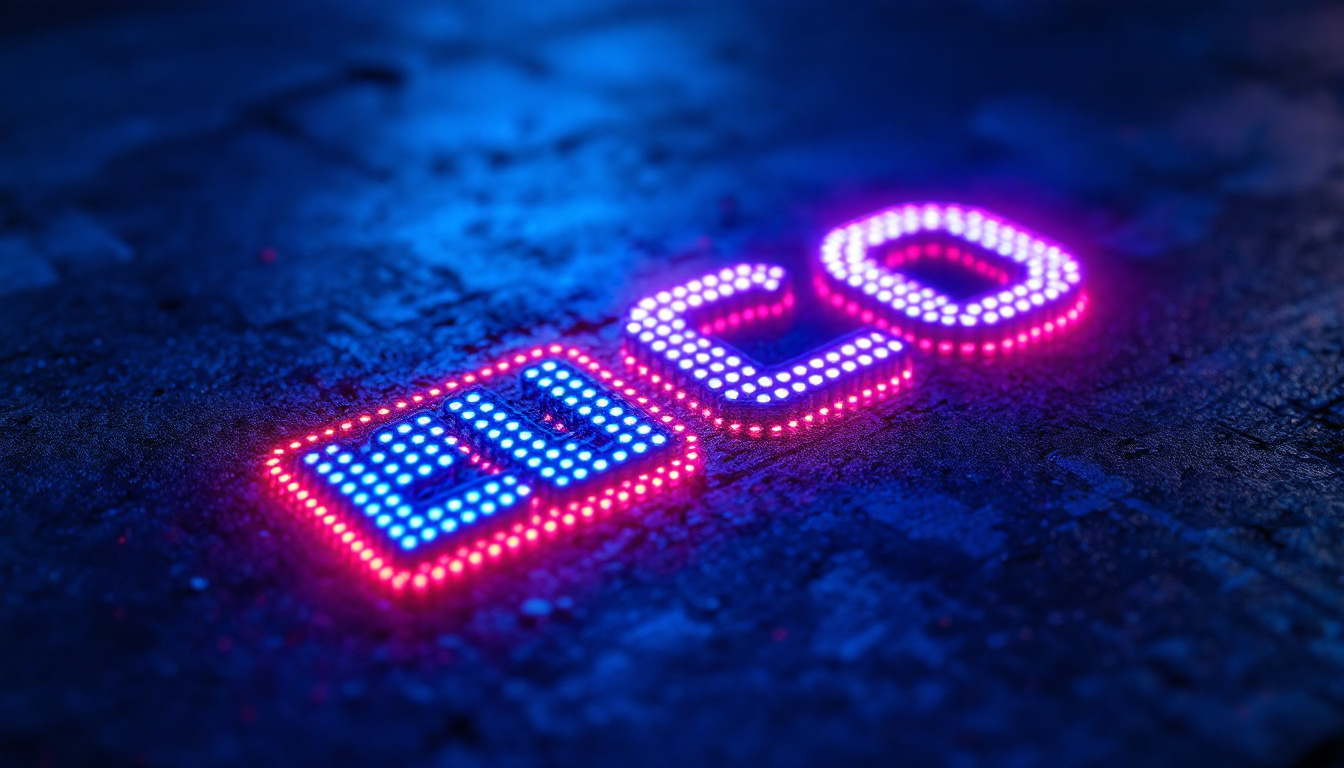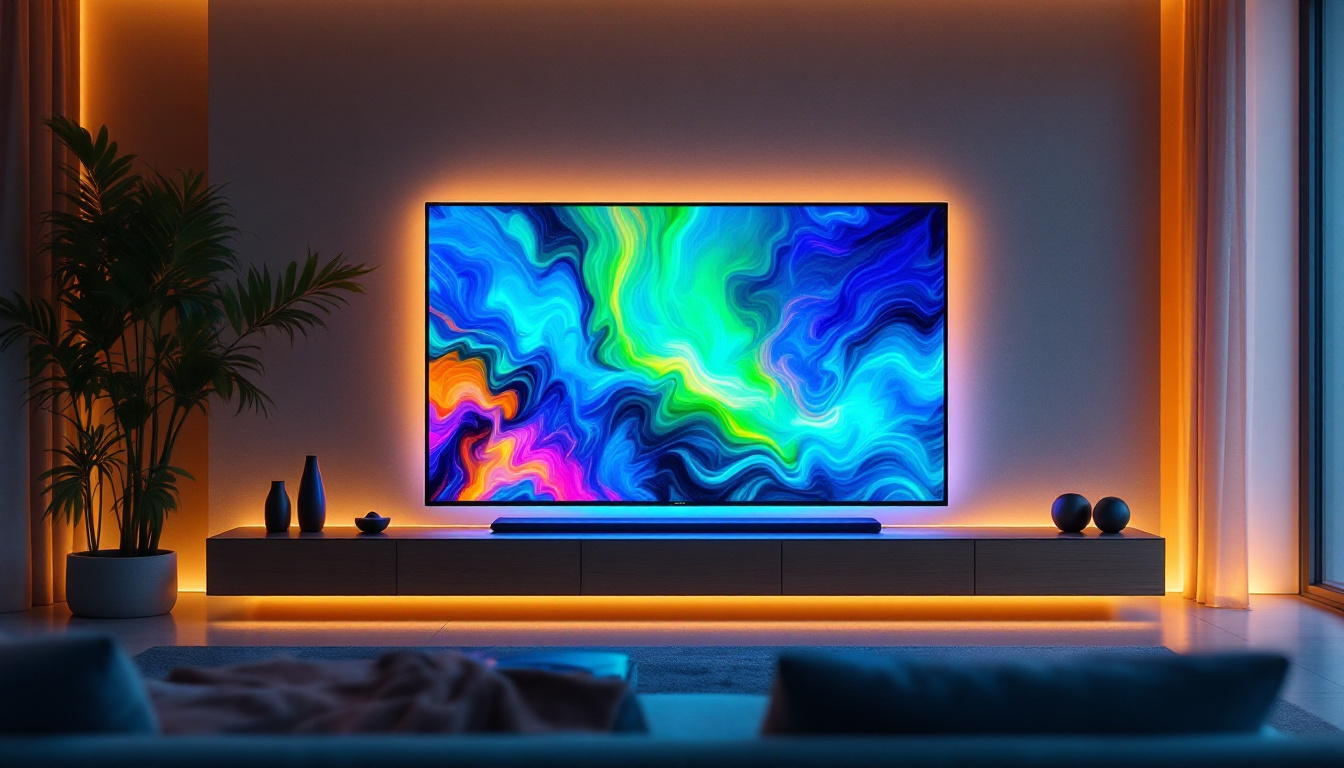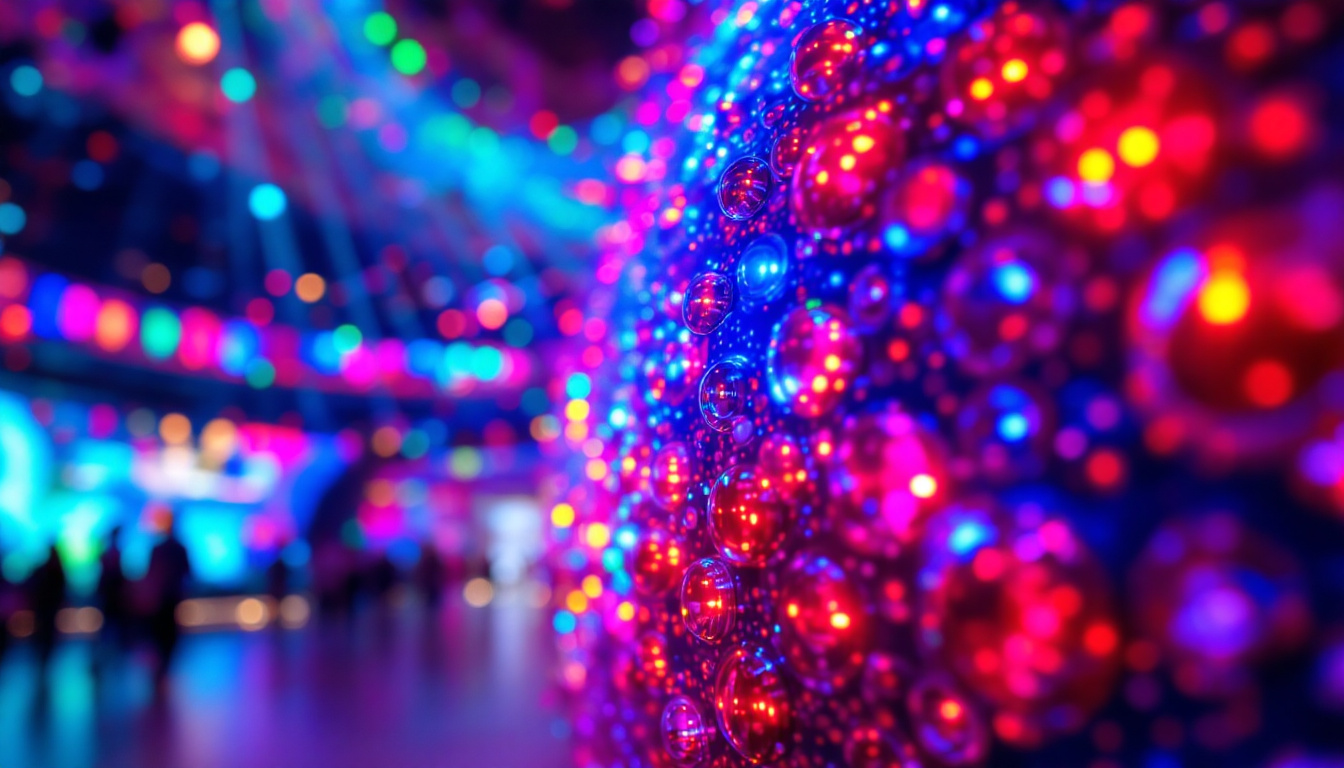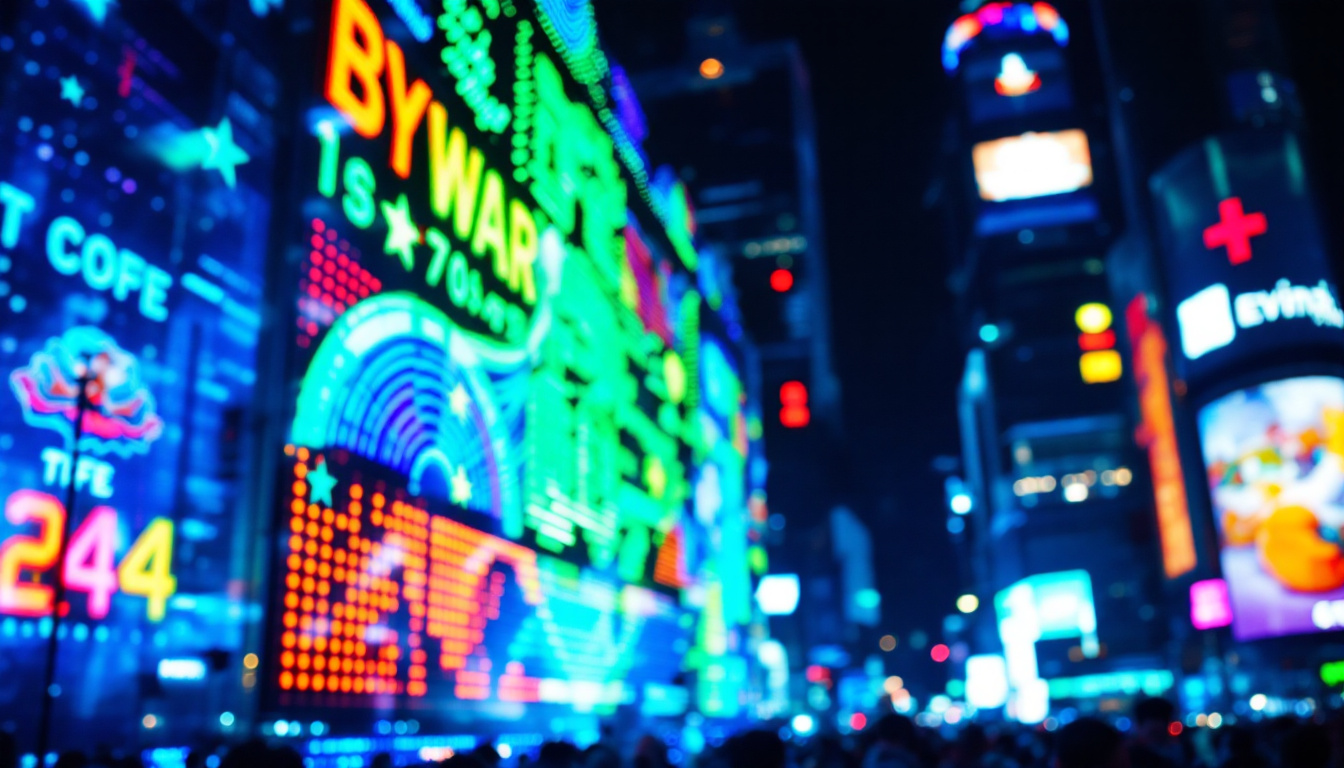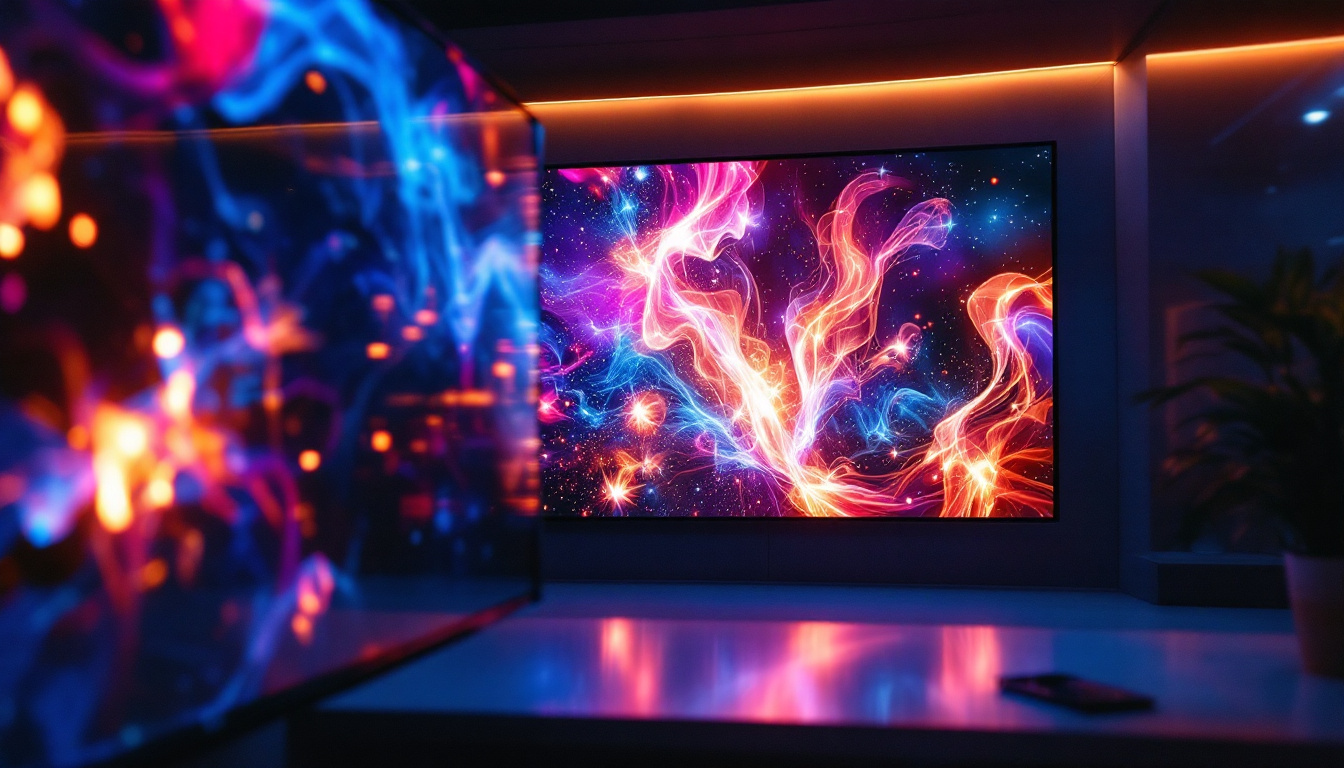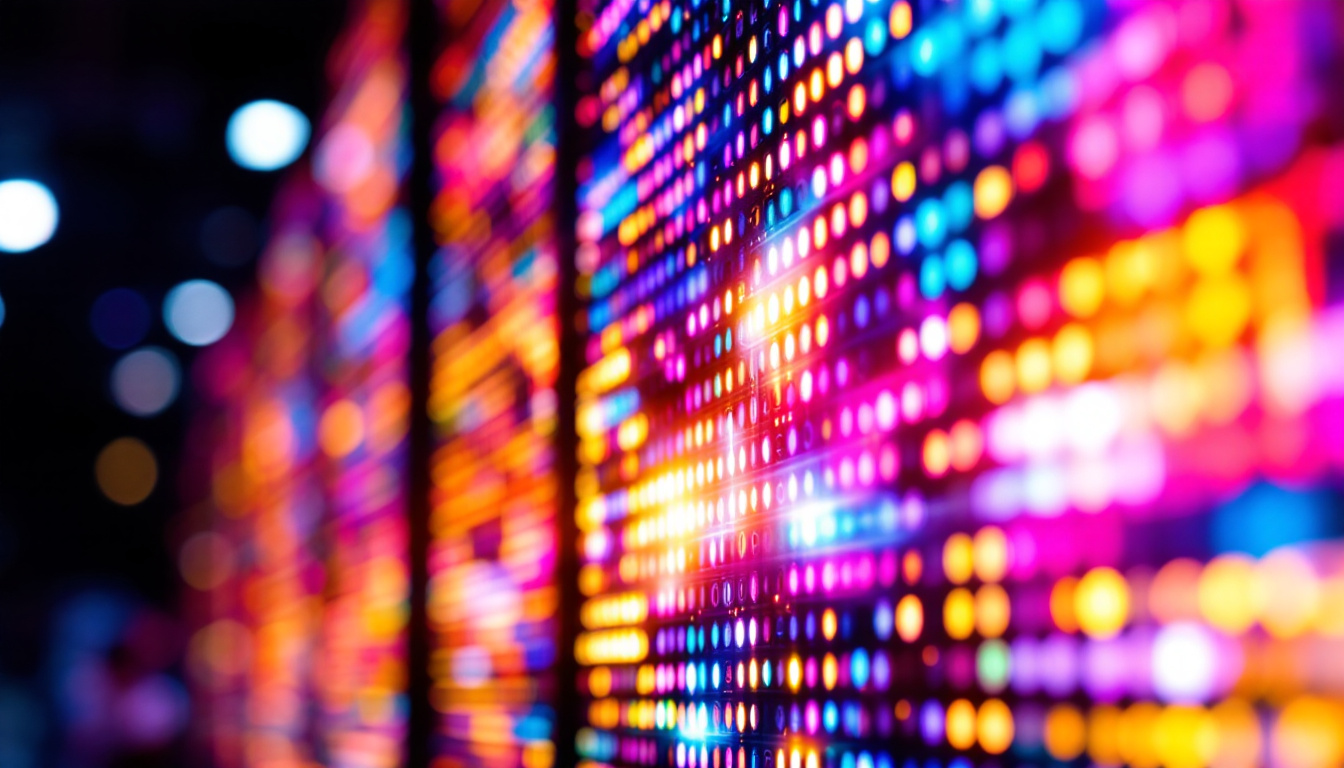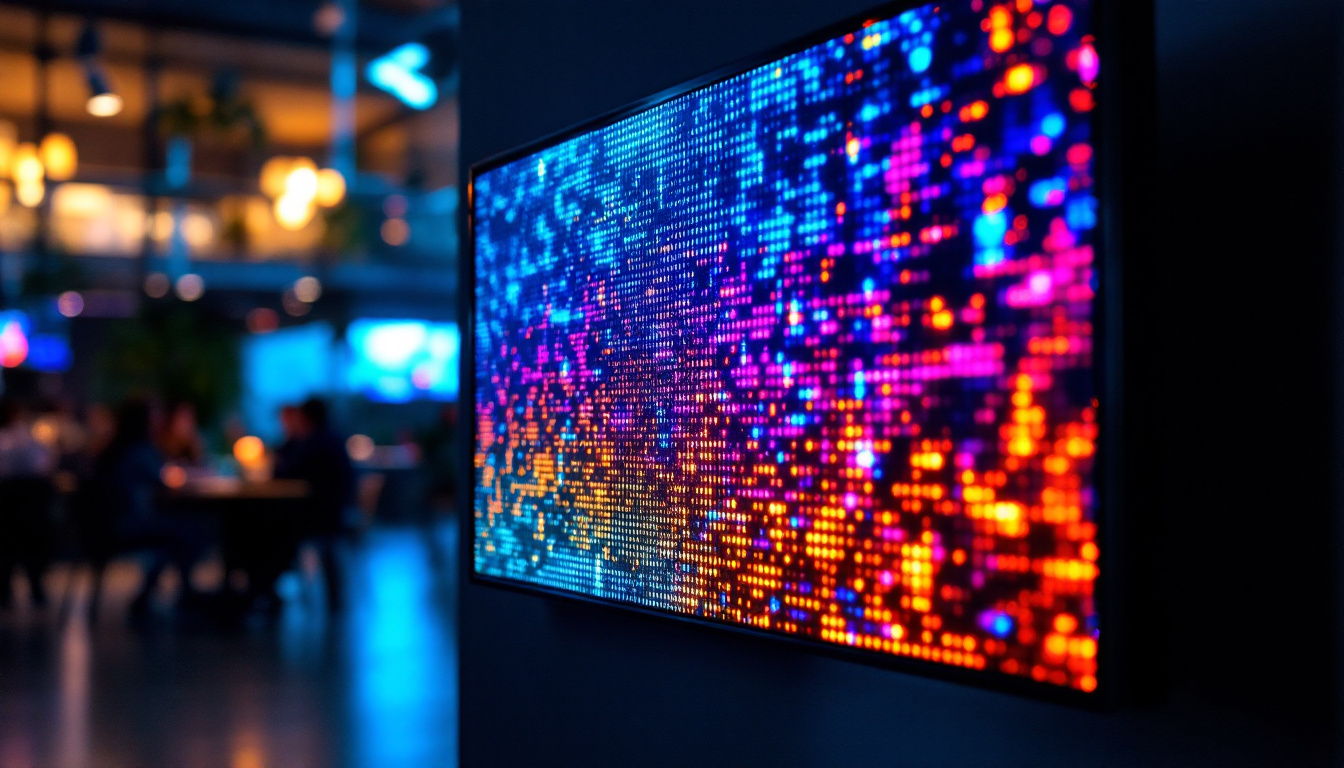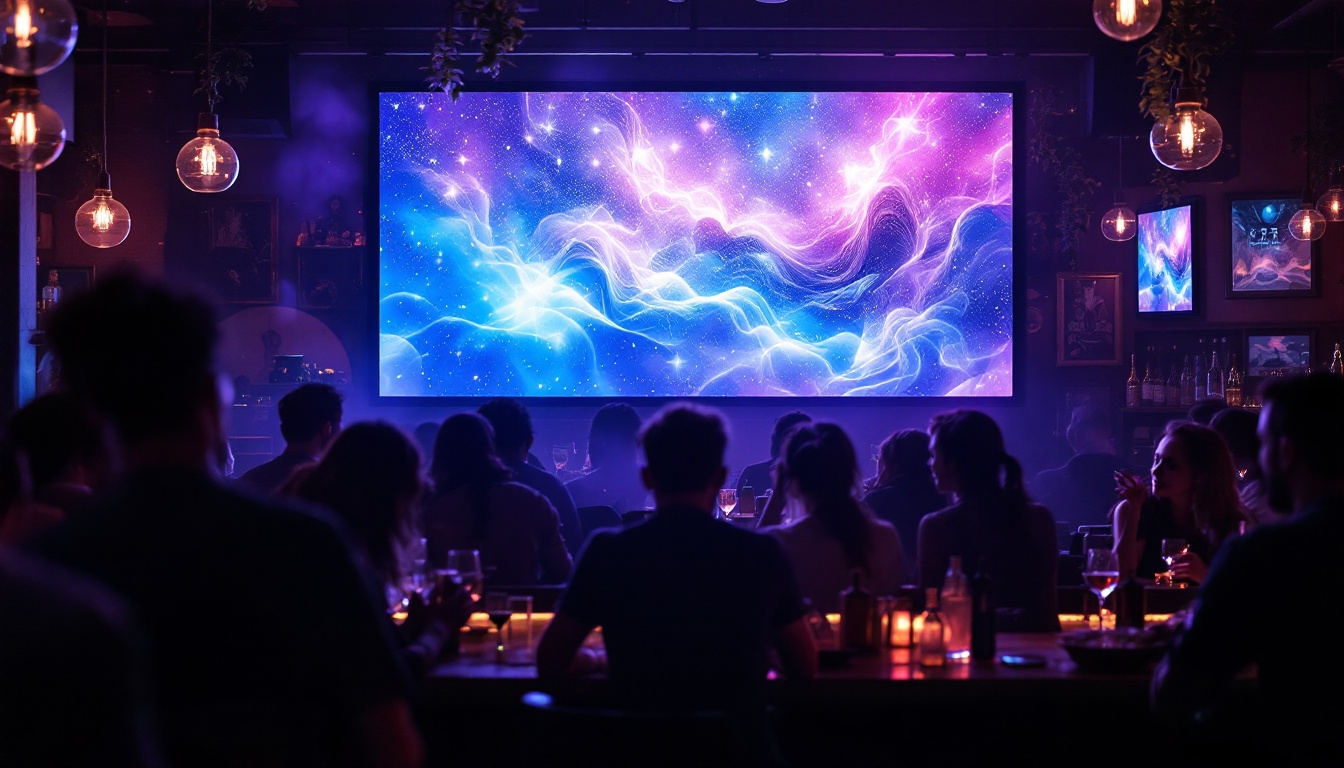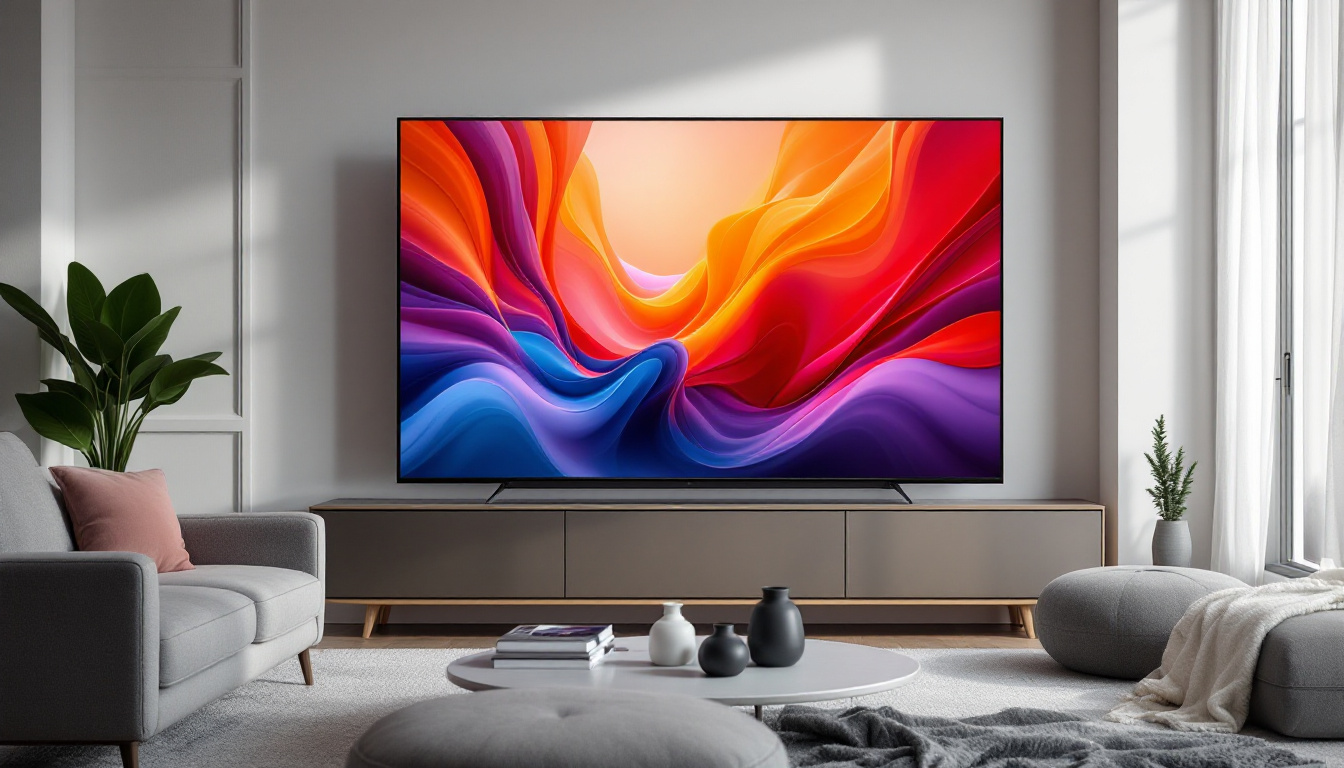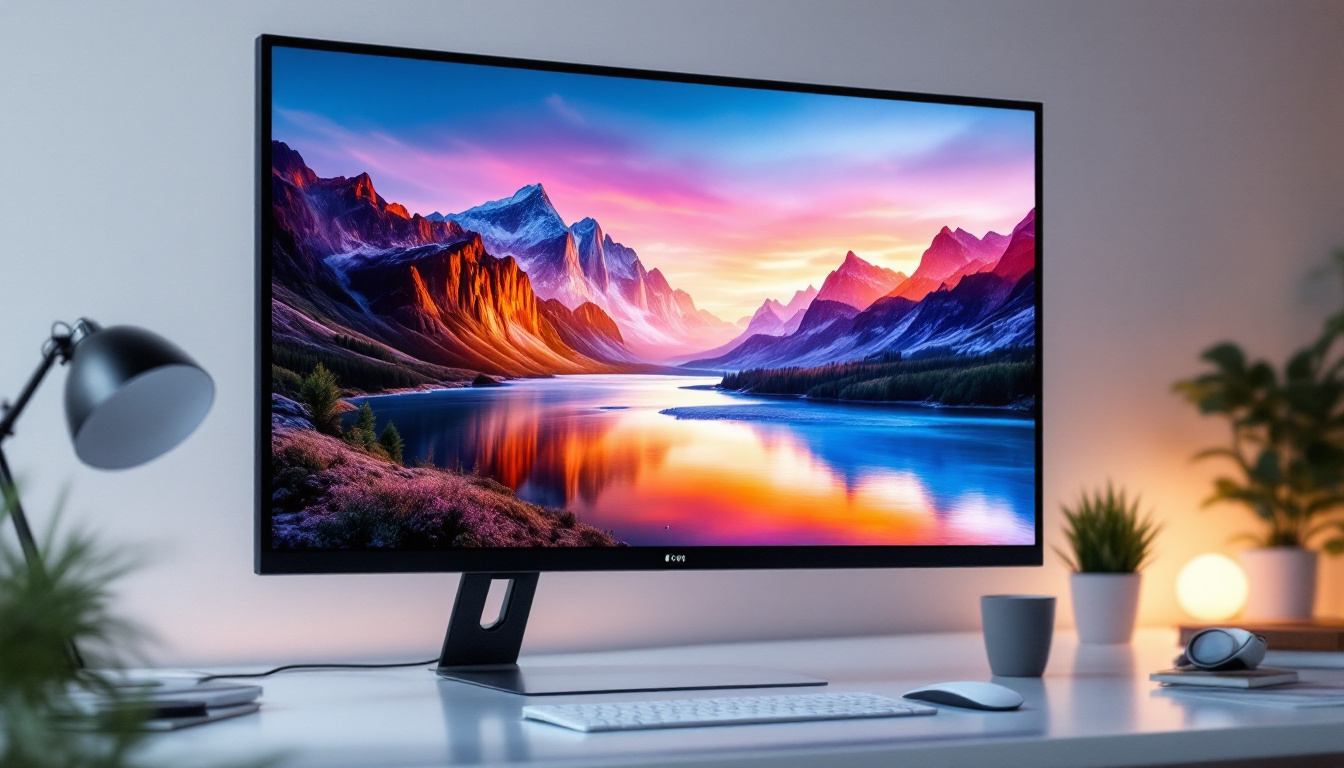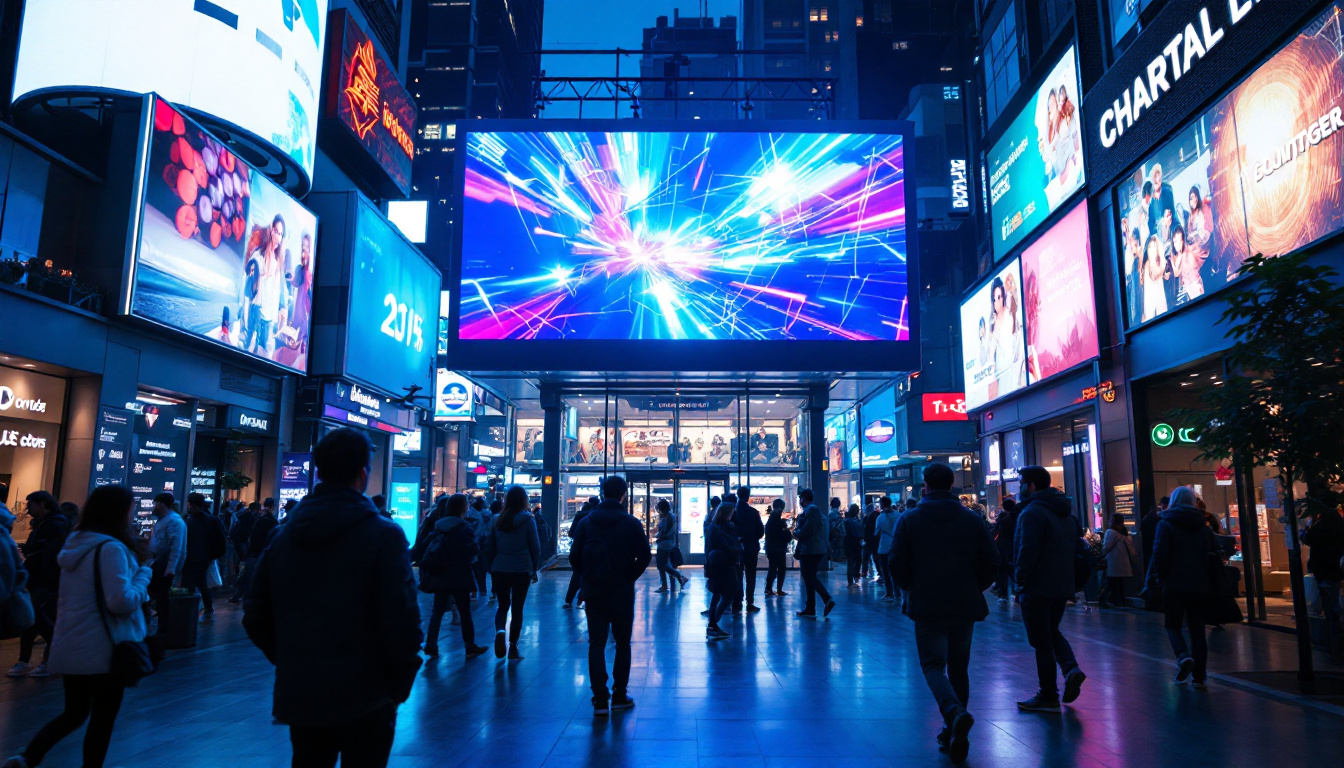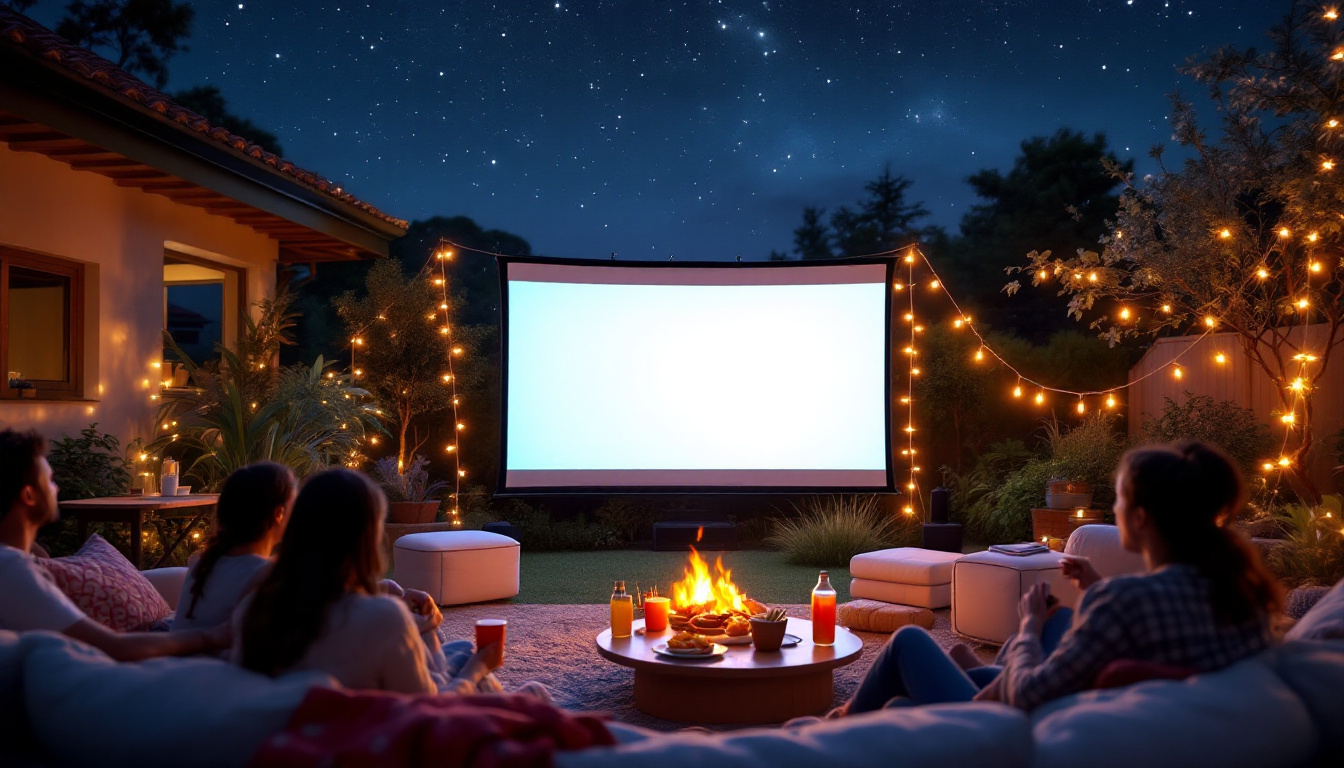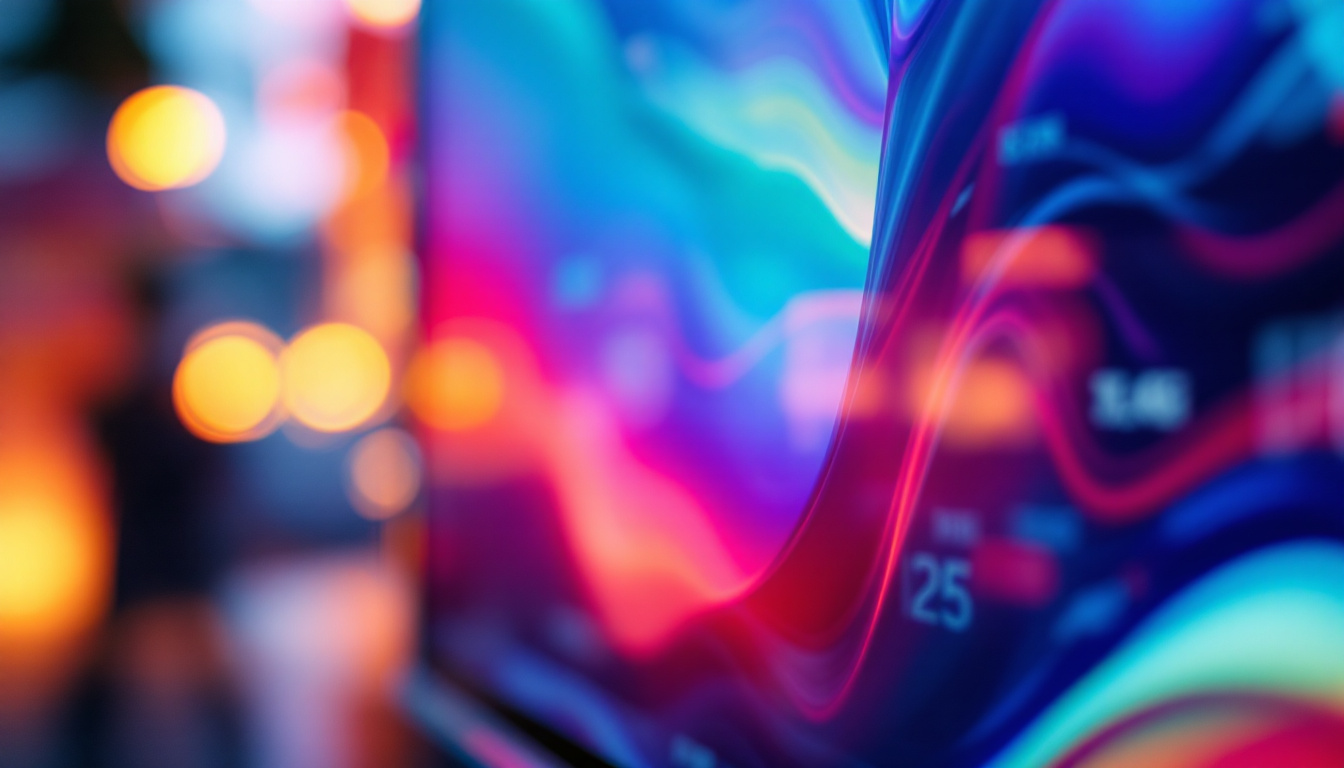In today’s fast-paced digital world, the importance of effective visual communication cannot be overstated. One of the most significant advancements in this realm is the LED display technology. Whether in retail, corporate environments, or entertainment venues, LED displays have become a staple for conveying information and enhancing user experience. This article delves into the intricacies of LED displays, their advantages, and how they integrate with monitor stands to create a seamless viewing experience.
Understanding LED Display Technology
LED, or Light Emitting Diode, technology has revolutionized how images and information are presented. Unlike traditional display technologies, such as LCD or CRT, LED displays utilize a series of tiny diodes to produce light and color. This fundamental difference allows for greater brightness, contrast, and energy efficiency. The rapid advancements in LED technology have also led to significant reductions in manufacturing costs, making high-quality displays more accessible to a broader audience.
How LED Displays Work
At the core of LED displays is the concept of pixelation. Each LED display is composed of thousands, if not millions, of individual pixels. Each pixel is made up of red, green, and blue (RGB) diodes. By varying the intensity of these diodes, the display can produce a wide spectrum of colors. This pixel-based approach enables high-resolution images and videos, making LED displays ideal for various applications. Furthermore, the rapid response time of LEDs allows for smooth transitions and animations, enhancing the viewing experience for dynamic content such as video games and live broadcasts.
Types of LED Displays
LED displays come in various forms, each tailored to specific needs. The most common types include:
- Indoor LED Displays: Designed for close viewing, these displays offer high resolution and vibrant colors, making them perfect for retail spaces and corporate presentations.
- Outdoor LED Displays: Built to withstand the elements, outdoor displays are larger and brighter, ensuring visibility even in direct sunlight.
- Transparent LED Displays: These innovative displays allow viewers to see through them while still showcasing images and videos, making them ideal for creative installations.
Advantages of LED Displays
The advantages of LED display technology are numerous. Firstly, they offer superior brightness compared to traditional displays, allowing for clear visibility in various lighting conditions. Secondly, LED displays are energy-efficient, consuming less power while providing enhanced performance. Additionally, their lightweight and slim design make them easy to install and integrate into different environments. Another significant advantage is their longevity; LED displays typically have a lifespan of over 50,000 hours, reducing the need for frequent replacements and maintenance. This durability not only contributes to lower operational costs but also minimizes environmental impact by reducing electronic waste.
Moreover, LED technology supports a wide range of applications beyond standard displays. For instance, in the realm of advertising, digital billboards utilize LED technology to create eye-catching visuals that can be updated in real-time, allowing businesses to stay relevant and responsive to market trends. In the entertainment industry, LED screens are increasingly used in concerts and events, providing stunning backdrops and effects that enhance the overall experience for audiences. As technology continues to evolve, we can expect even more innovative uses for LED displays, further solidifying their role in modern visual communication.
Monitor Stands: A Vital Component
While the technology behind LED displays is crucial, the way these displays are presented is equally important. Monitor stands play a vital role in ensuring that LED displays are positioned correctly for optimal viewing. A well-designed monitor stand can enhance the user experience by providing stability, adjustability, and aesthetic appeal. The right stand not only supports the monitor but also complements the overall workspace design, making it a key consideration for both home offices and professional environments.
In addition to functionality, the choice of materials used in monitor stands can significantly impact their durability and visual appeal. Many modern stands are crafted from high-quality metals or sustainable wood, which not only provide a sturdy base but also add a touch of elegance to the setup. For tech enthusiasts, some stands even incorporate innovative designs that feature built-in wireless charging pads or integrated speakers, merging style with cutting-edge technology.
Types of Monitor Stands
Monitor stands come in various styles and configurations, each catering to different needs and preferences:
- Fixed Stands: These stands provide a stable base for the monitor but lack adjustability. They are suitable for environments where the viewing angle is predetermined, such as in a dedicated gaming station or a fixed workstation.
- Adjustable Stands: Offering flexibility, adjustable stands allow users to change the height and angle of the display, making them ideal for collaborative workspaces. This adaptability is especially beneficial in settings where multiple users may need to share the same screen, ensuring everyone can find their optimal viewing position.
- mobile stands: Equipped with wheels, mobile stands enable easy relocation of LED displays, making them perfect for events and presentations. These stands are often designed for quick assembly and disassembly, allowing for seamless transitions between different locations.
Key Features of Monitor Stands
When selecting a monitor stand for an LED display, several features should be considered:
- Height Adjustment: The ability to adjust the height ensures that users can maintain an ergonomic posture while viewing the display. This feature is particularly important for those who spend long hours in front of their screens, as it can help reduce strain on the neck and back.
- Stability: A sturdy stand is essential to prevent wobbling or tipping, especially for larger displays. High-quality stands often incorporate weighted bases or additional support structures to enhance stability, ensuring that the monitor remains securely in place during use.
- Cable Management: Good monitor stands often include features for organizing cables, reducing clutter, and enhancing aesthetics. Effective cable management not only improves the visual appeal of the workspace but also prevents tangling and damage to the cables themselves, contributing to a longer lifespan for both the monitor and its accessories.
Furthermore, some monitor stands are designed with additional functionalities, such as integrated storage solutions or adjustable shelves. These features can help keep essential items like notebooks, pens, or even small devices within easy reach, promoting a more organized and efficient workspace. As remote work continues to gain popularity, investing in a quality monitor stand can significantly enhance productivity and comfort, making it a worthwhile consideration for anyone looking to optimize their home office setup.
The Integration of LED Displays and Monitor Stands
The combination of LED displays and monitor stands creates a cohesive viewing experience. Proper integration ensures that the display is not only functional but also visually appealing. This synergy is particularly important in environments like retail spaces, where the presentation can significantly impact customer engagement.
Creating an Engaging Display
To maximize the effectiveness of an LED display, consider the following aspects when integrating it with a monitor stand:
- Optimal Height: Positioning the display at eye level enhances visibility and encourages interaction.
- Viewing Angle: Adjusting the angle of the display can reduce glare and ensure that content is easily readable from various positions.
- Surrounding Environment: The stand should complement the overall design of the space, creating a harmonious look that draws attention to the display.
Case Studies: Successful Implementations
Numerous organizations have successfully integrated LED displays with monitor stands to enhance their communication strategies. For example, a leading retail chain utilized large outdoor LED displays mounted on mobile stands to promote seasonal sales. This approach allowed them to easily relocate the displays to high-traffic areas, maximizing visibility and customer engagement.
In corporate settings, companies have adopted adjustable monitor stands for their conference rooms, enabling teams to present information dynamically. The ability to tailor the display height and angle has led to more interactive meetings and improved information retention among participants.
Challenges and Considerations
Despite the advantages, there are challenges associated with LED displays and monitor stands that need to be addressed. Understanding these challenges can help organizations make informed decisions when investing in this technology.
Cost Implications
One of the primary concerns when considering LED displays is the initial investment. High-quality LED technology can be costly, and organizations must weigh the long-term benefits against the upfront expenses. However, with advancements in technology and increased competition, prices have been gradually decreasing, making LED displays more accessible.
Maintenance and Longevity
LED displays are generally durable, but they do require maintenance to ensure optimal performance. Regular cleaning and inspection are necessary to prevent dust accumulation and ensure that the diodes function correctly. Additionally, organizations should consider the lifespan of the display and monitor stand, as both components may need replacement over time.
Environmental Considerations
As the demand for LED displays grows, so does the need for sustainable practices. Organizations should consider the environmental impact of their displays and monitor stands, opting for energy-efficient models and recyclable materials whenever possible. This commitment to sustainability not only benefits the environment but can also enhance a brand’s reputation.
The Future of LED Displays and Monitor Stands
The future of LED displays and monitor stands is promising, with ongoing advancements in technology and design. Emerging trends indicate a shift towards more interactive and immersive experiences, driven by innovations in augmented reality (AR) and virtual reality (VR).
Smart Displays
As technology continues to evolve, the integration of smart features into LED displays is becoming increasingly common. These smart displays can connect to the internet, enabling real-time updates and interactive content. Coupled with advanced monitor stands that allow for seamless adjustments, these displays can transform how information is presented and consumed.
Enhanced User Experience
Future developments in monitor stand technology may focus on enhancing user experience through features such as touch capabilities, gesture control, and voice activation. These innovations could create more engaging interactions, making LED displays even more effective in various settings.
Integration with IoT
The Internet of Things (IoT) is set to play a significant role in the evolution of LED displays and monitor stands. By connecting displays to other smart devices, organizations can create a cohesive ecosystem that enhances communication and collaboration. For instance, a smart conference room could automatically adjust the display settings based on the number of participants, ensuring optimal visibility for everyone.
Conclusion
LED displays and monitor stands are essential components of modern visual communication. Understanding the technology behind LED displays, the various types of monitor stands, and their integration can significantly enhance user experience and engagement. As advancements in technology continue to shape the future of displays, organizations must stay informed and adapt to these changes to remain competitive.
Incorporating LED displays with thoughtful monitor stand design not only improves functionality but also elevates the overall aesthetic of any environment. With the right approach, businesses can leverage these tools to create impactful visual experiences that resonate with their audience.
Explore Cutting-Edge LED Display Solutions with LumenMatrix
Ready to elevate your visual communication to the next level? Discover LumenMatrix’s innovative range of LED display solutions, from vibrant Indoor and Outdoor LED Wall Displays to dynamic Vehicle and Sports LED Displays. Whether you’re looking to captivate your audience with a Floor LED Display, make a statement with a Custom LED Display, or streamline your message with an All-in-One LED Display, LumenMatrix has the technology to bring your vision to life. Experience the future of digital signage and create unforgettable visual experiences. Check out LumenMatrix LED Display Solutions today and transform your brand’s visibility.

